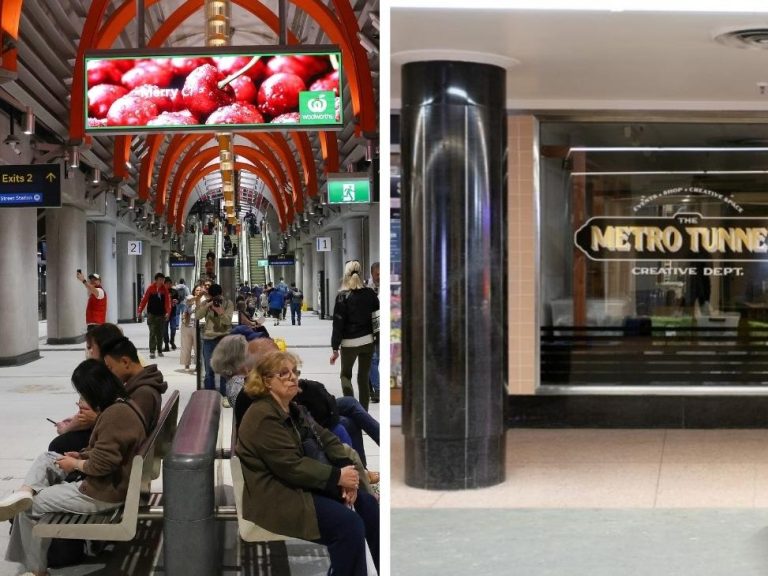What are office vacancy rates & are they important?

Reports on office vacancy rates hit the headlines on a monthly basis. A slight shift in the rate will generate no end of debate from property observers as to whether the market is expanding or contracting, weakening or strengthening. But what does it all mean and why does it matter?
What are office vacancy rates?
Office vacancy rates are a numerical calculation of all office space that is available to rent in any given market. They are calculated as a percentage and is the opposite of the occupancy rate (which measures how many properties have tenants).
A rise in the vacancy rate indicates an increase in available office space and a decrease tells us that there are fewer spaces to rent.
Why are vacancy rates important?
Vacancy rates are an important indicator of economic performance.
Low vacancy rates are a sign that market conditions for business are good. Businesses have the confidence to invest in expanding and upgrading, and new businesses are starting up. This leads to demand for office space.
Low vacancy rates are good news for landlords. The lower the vacancy rates, the more competition for office space – which usually means an increase in rental rates.
High vacancy rates indicate the opposite: conditions are tough. If businesses are struggling, they’re less likely to need as much office space as they look to cut costs, reduce staff and hold off on any expansion plans. A high vacancy rate can be good news for renters. Landlords start to offer reduced rents and other incentives in an attempt to attract renters.
A high rate can also indicate an oversupply of offices on the market, but either way a high vacancy rate is generally viewed as a bad sign for the economy.
Vacancy rates are measured on a monthly basis and trends over time suggest the direction the market is heading.
Vacancy rates are measured on a monthly basis and trends over time suggest the direction the market is heading.
If the vacancy rate is dropping on a month-by-month basis or over a year then it indicates the market is recovering and improving. An upward trend is a sign that things are getting tougher. This is why vacancy rates are often reported as “vacancy rates rose from 10.1% in January 2014 to 10.4% in April 2014”, for example.
Office vacancy rates are just one indicator of how the market is doing. Others include rental rates, yields, unemployment figures, interest rates and many other economic performance indicators.
Market reports analyse vacancy rates in context of all economic indicators.







